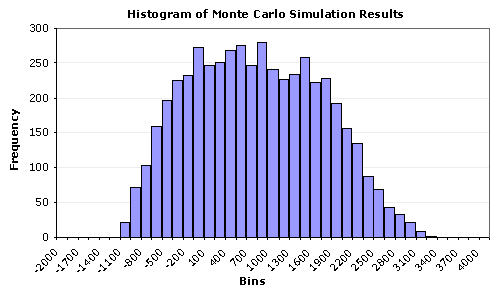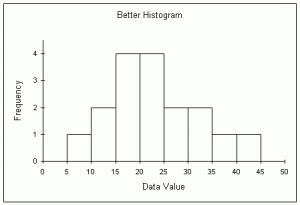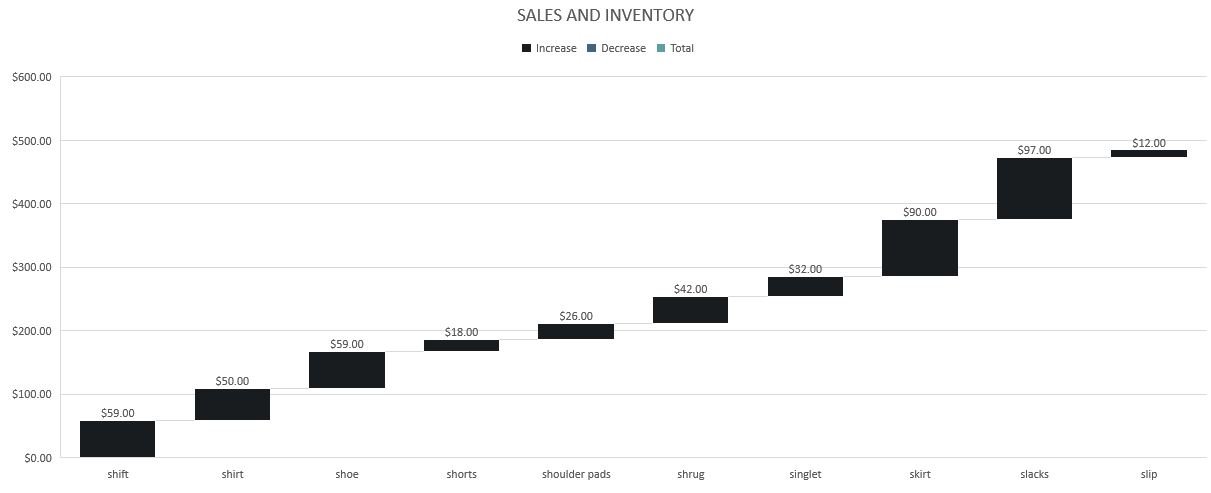

We’re using the latest version of Microsoft 365 here, but any version of Office starting with 2016 will work the same way. Creating a Histogram in Excel: Step-by-StepĬreating a histogram takes just a few clicks.

These capture all scores over and under a specified value. In Excel, you can also specify the number of bins, which includes optional so-called overflow- and underflow- bins. You can also choose to leave it to an automatic function in Excel, where it will try to decide on a bin width that’s best suited to your data. Spend some time considering how you’d like to divide scores into bins and whether the histogram will paint the picture you’re looking for if you decide on a particular “bin width”. However, for other types of data you have to invent the bin ranges. So you could arrange your bins to coincide with those. In the case of test scores, you’re in luck since there are already “bins” in the form of grade symbols. That’s a finely-grained distribution, but it’s probably not all that useful. However, that means 100 bars in your histogram. If you’re going to look at the frequency of scores between 0 and 100, you could have 100 bins, one for each possible score. The problem is that these may be arbitrary. Currently I just have a matrix where the values in the matrix dictate the height of each 3D box. Making the 3d histogram works fine but I would be able to colour the 3D boxes according to a third variable. Advanced Graphs Using Excel : 3D-histogram in Excel.
#Where is histogram in excel 2016 how to#
You need to decide on the “bins” that your frequency counts will be sorted into. found a pretty neat tutorial on how to create a 3d histogram in excel here. If you wanted to compare the frequency distributions between two groups on a single variable, you’d need multiple histograms. For example, if you only wanted to look at the weight distribution of a certain age group or gender, you should only include data for that group. Be careful not to mix the data from groups you don’t want to measure together into one histogram.

For example, if you have the weights of a group of people, you’d have each measured weight recorded in your dataset. The first requirement is fairly straightforward. A set of measurements for a single variable.In order to make a histogram, you need a few things: Skip ahead to last section of this post if you want to know how to make Histograms in Excel 2013, 2010, 2007 or earlier versions. Using these you can quickly make a histogram and understand the frequency distribution and outliers. Those tests still use histograms as a basis though and creating and observing a histogram is a crucial first step in showing you roughly what sort of distribution you may be dealing with. But in Excel 2016, Microsoft introduced various new charts including Histograms and Pareto charts. Of course, if you really want to determine whether your frequency distribution is normal or not, you’d run a normality test in Excel on your data.


 0 kommentar(er)
0 kommentar(er)
